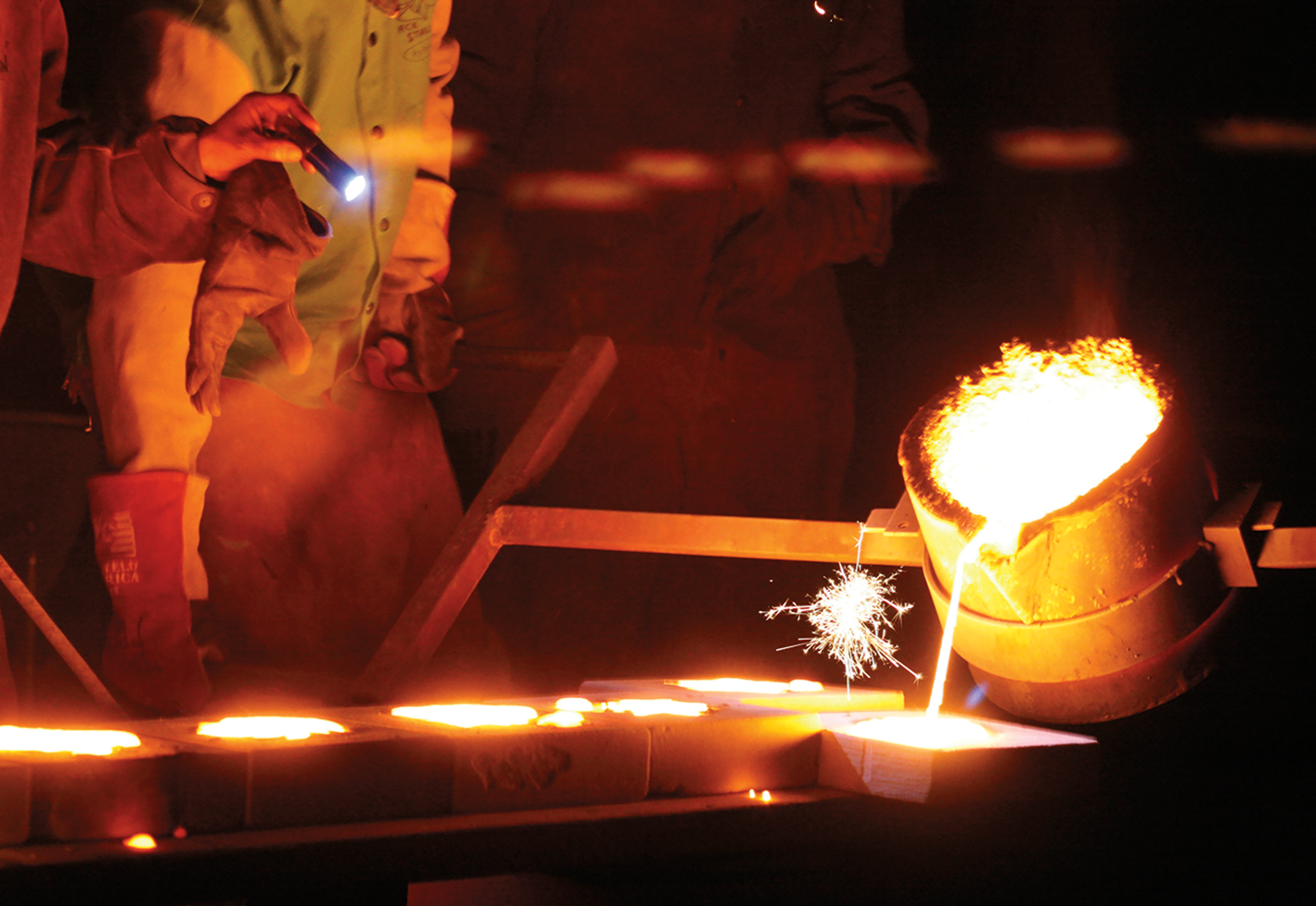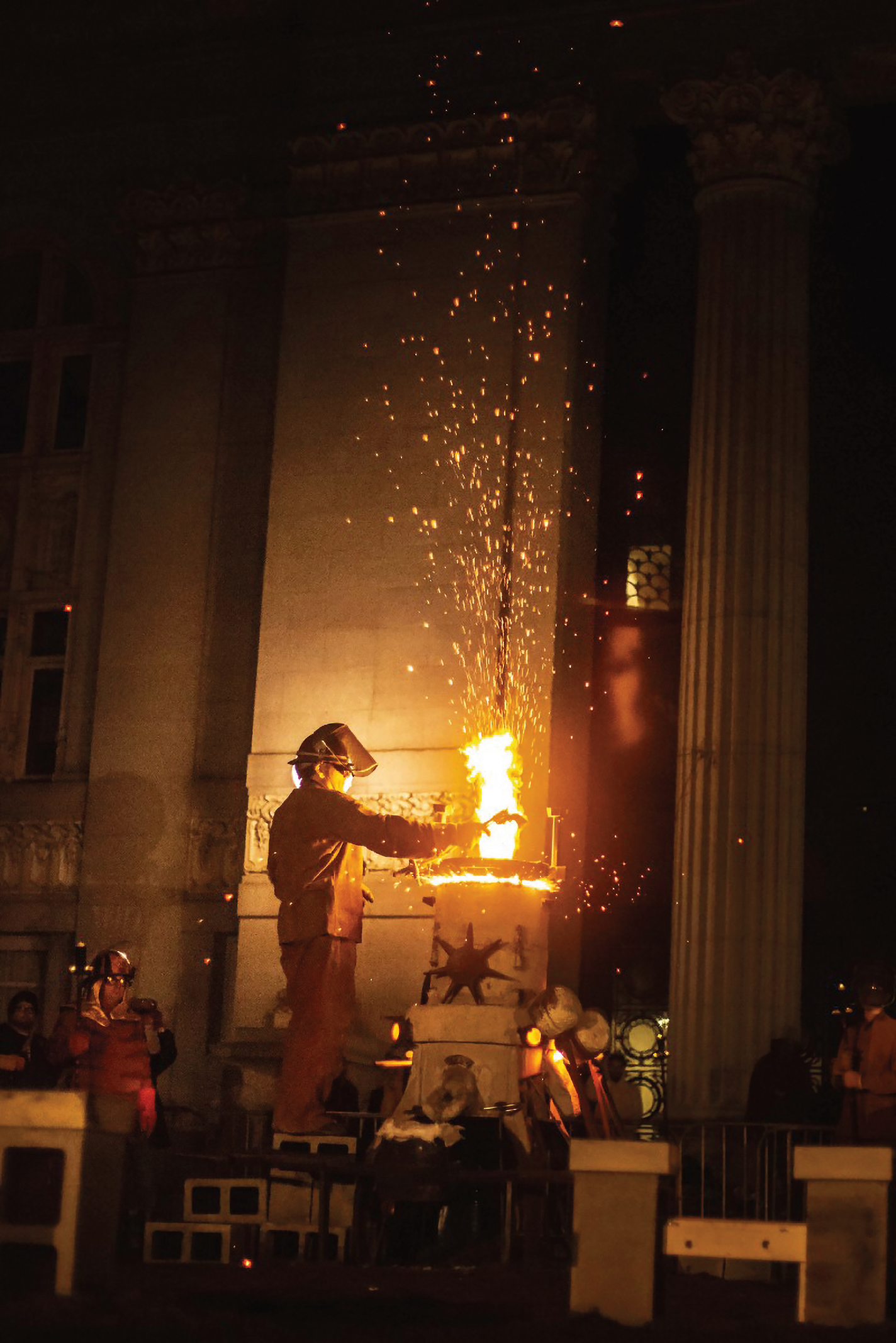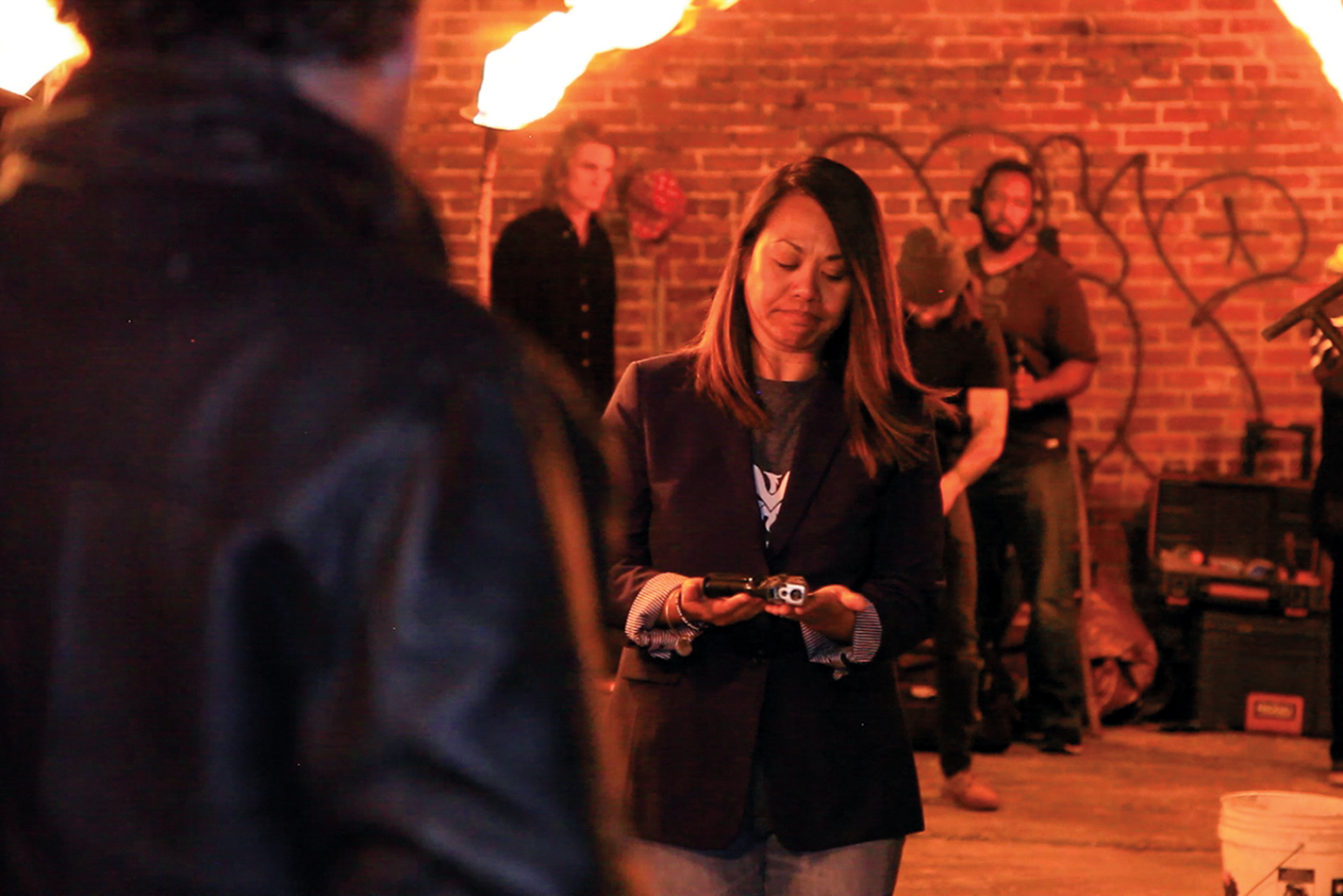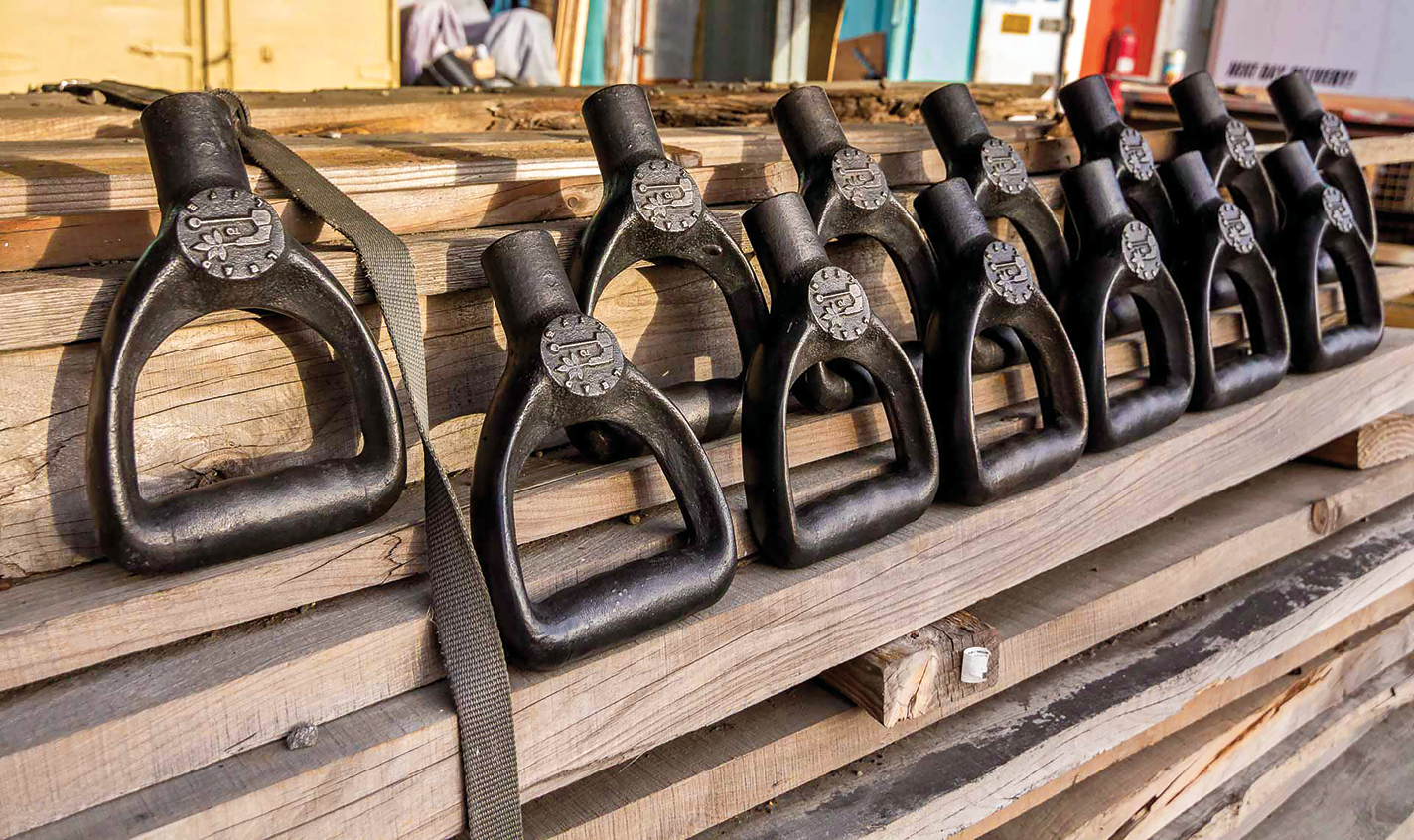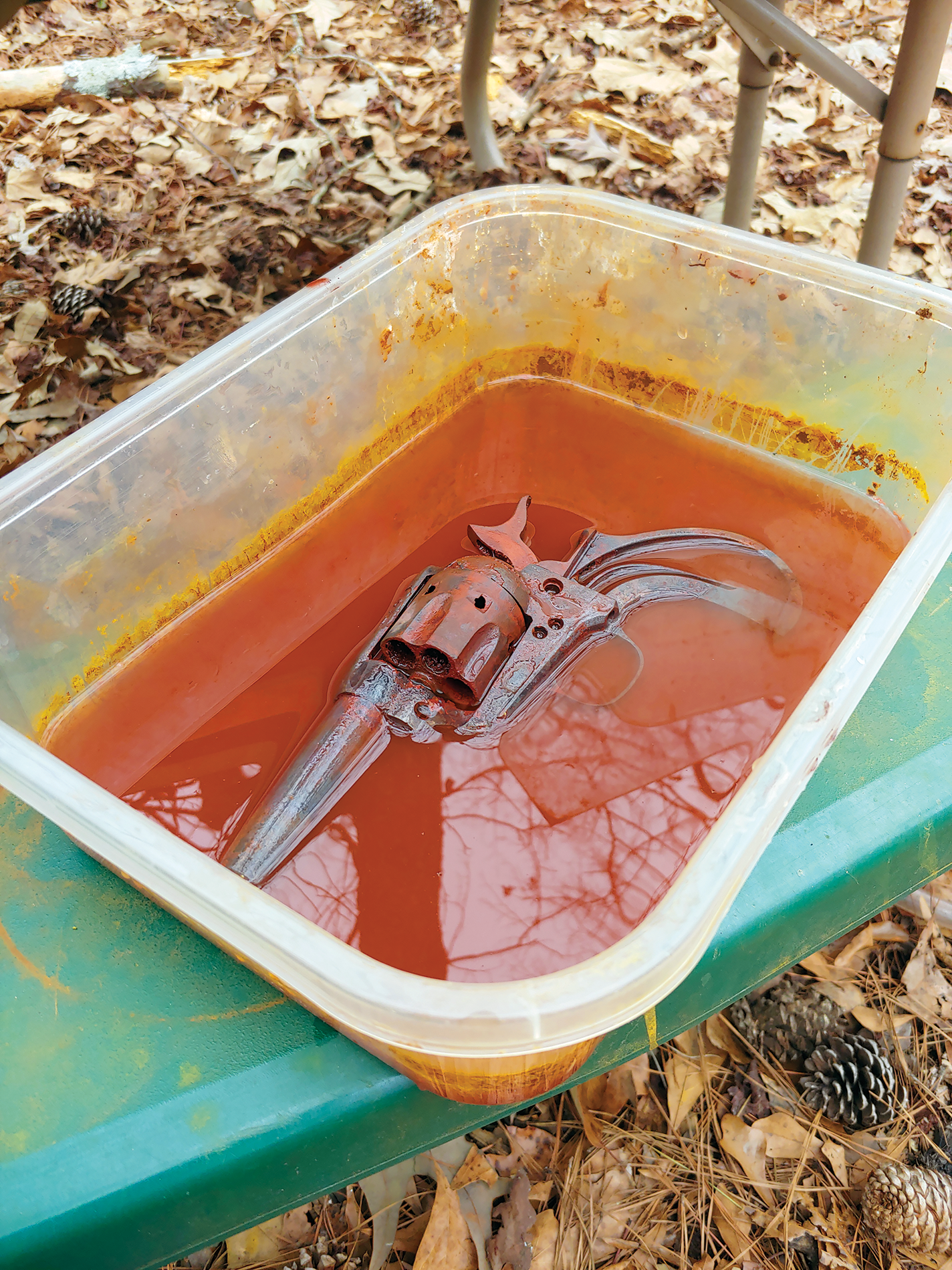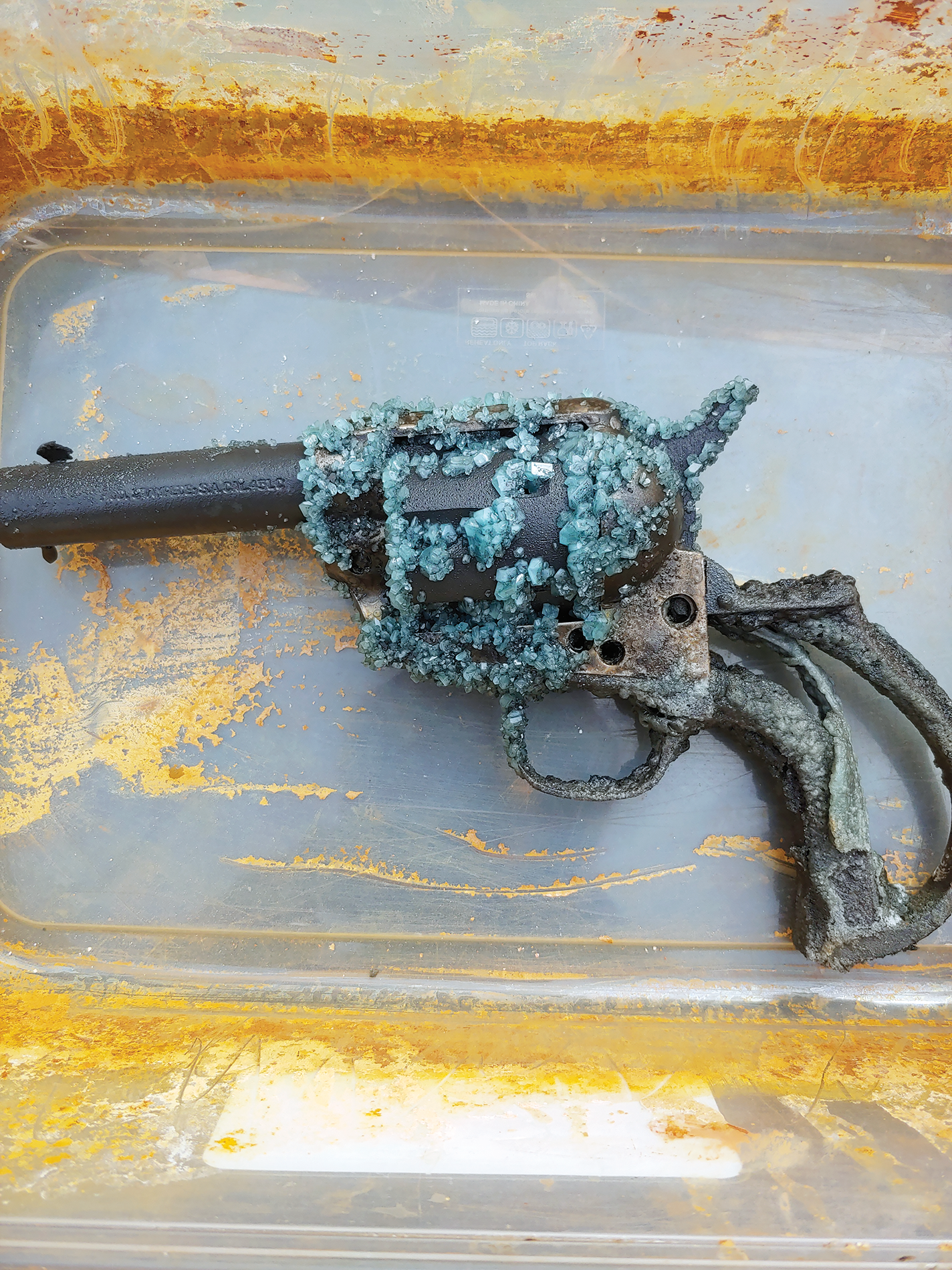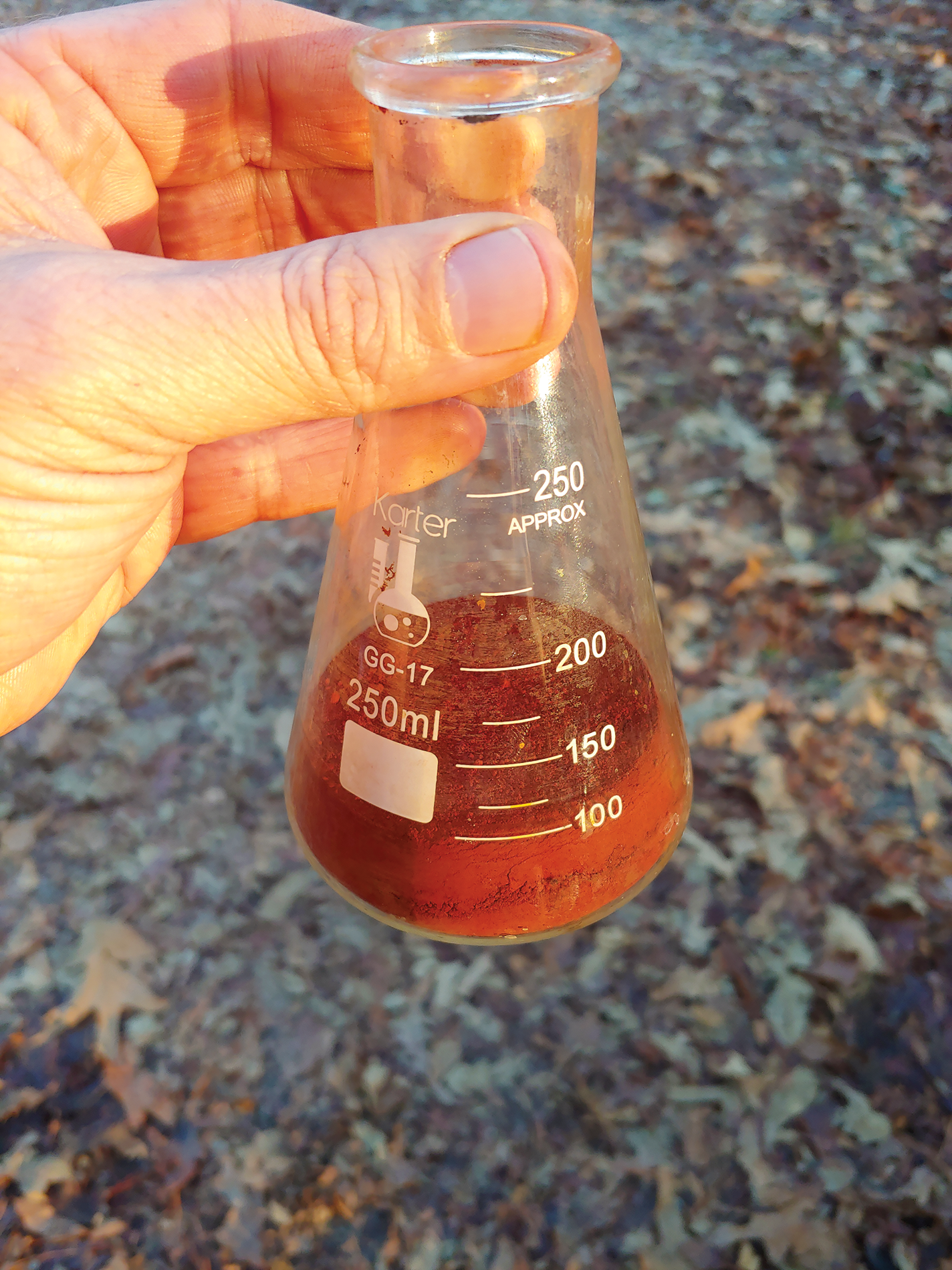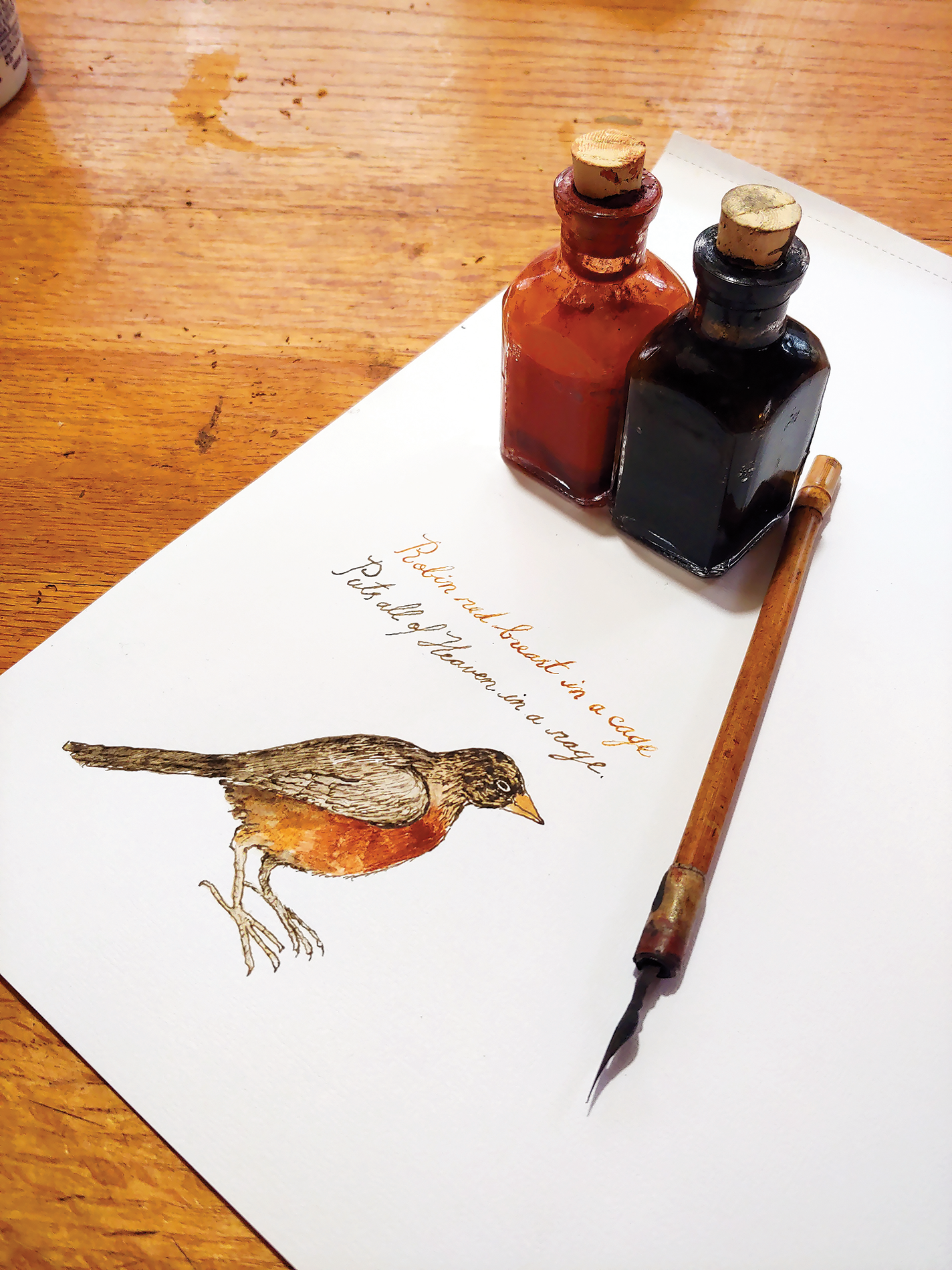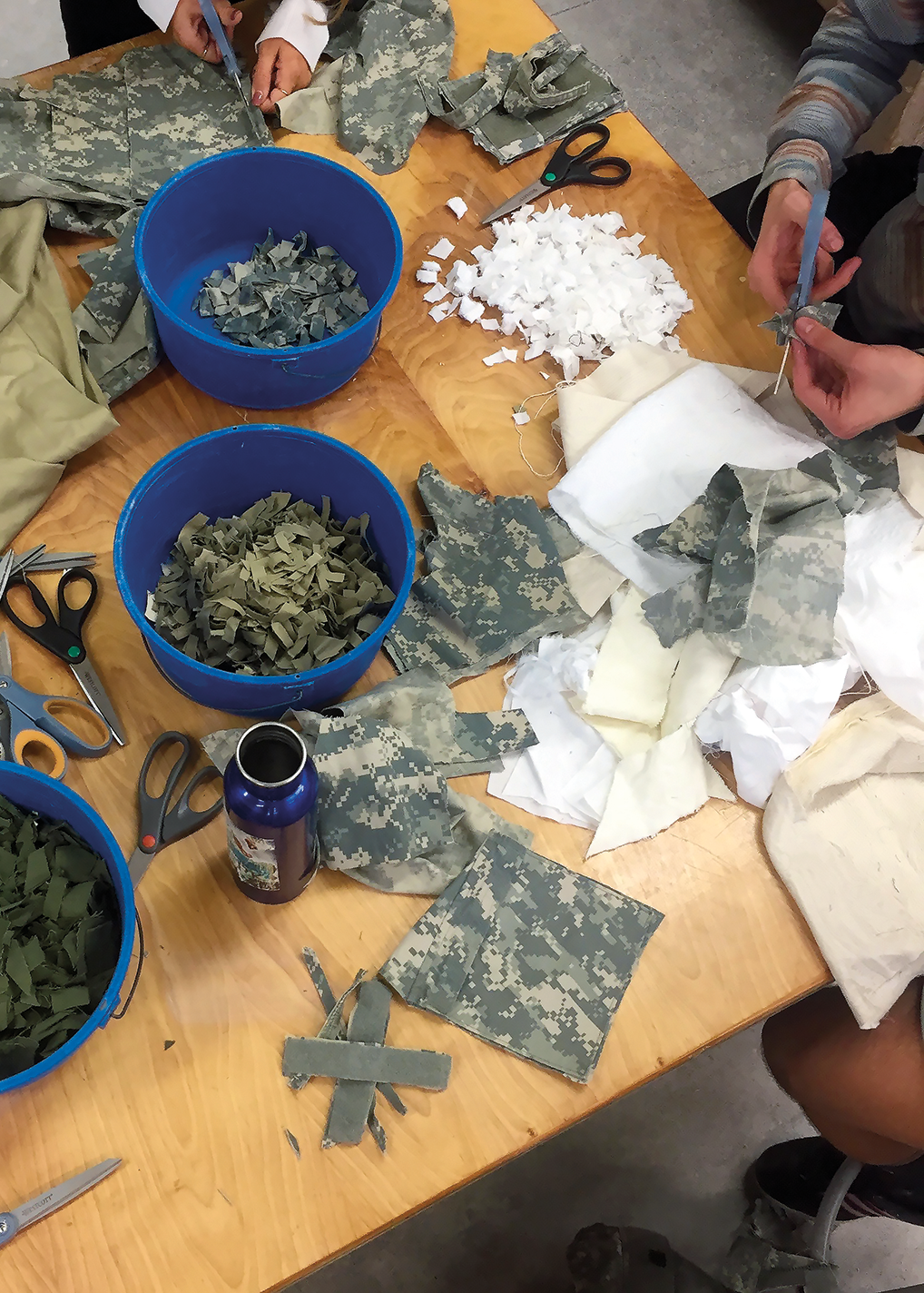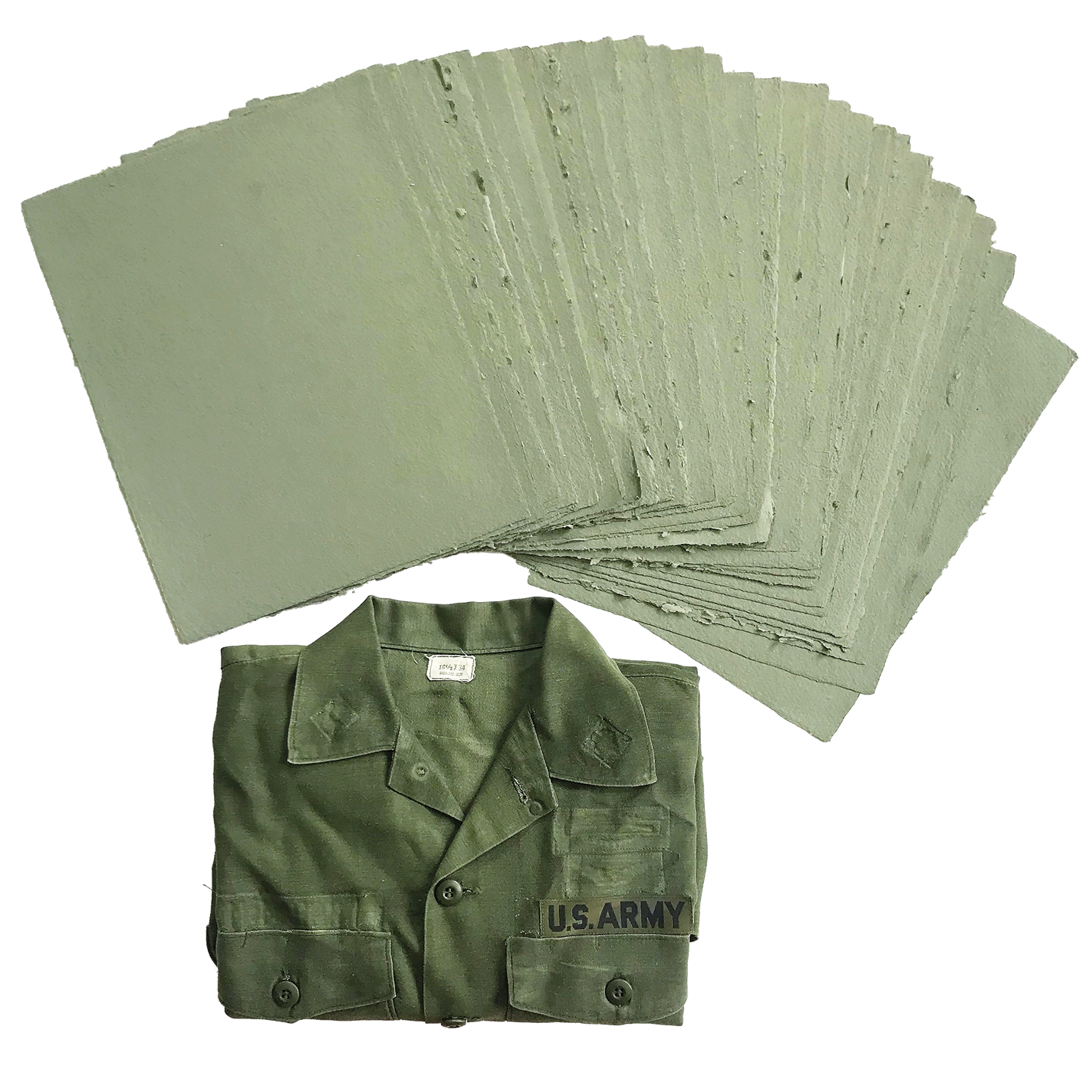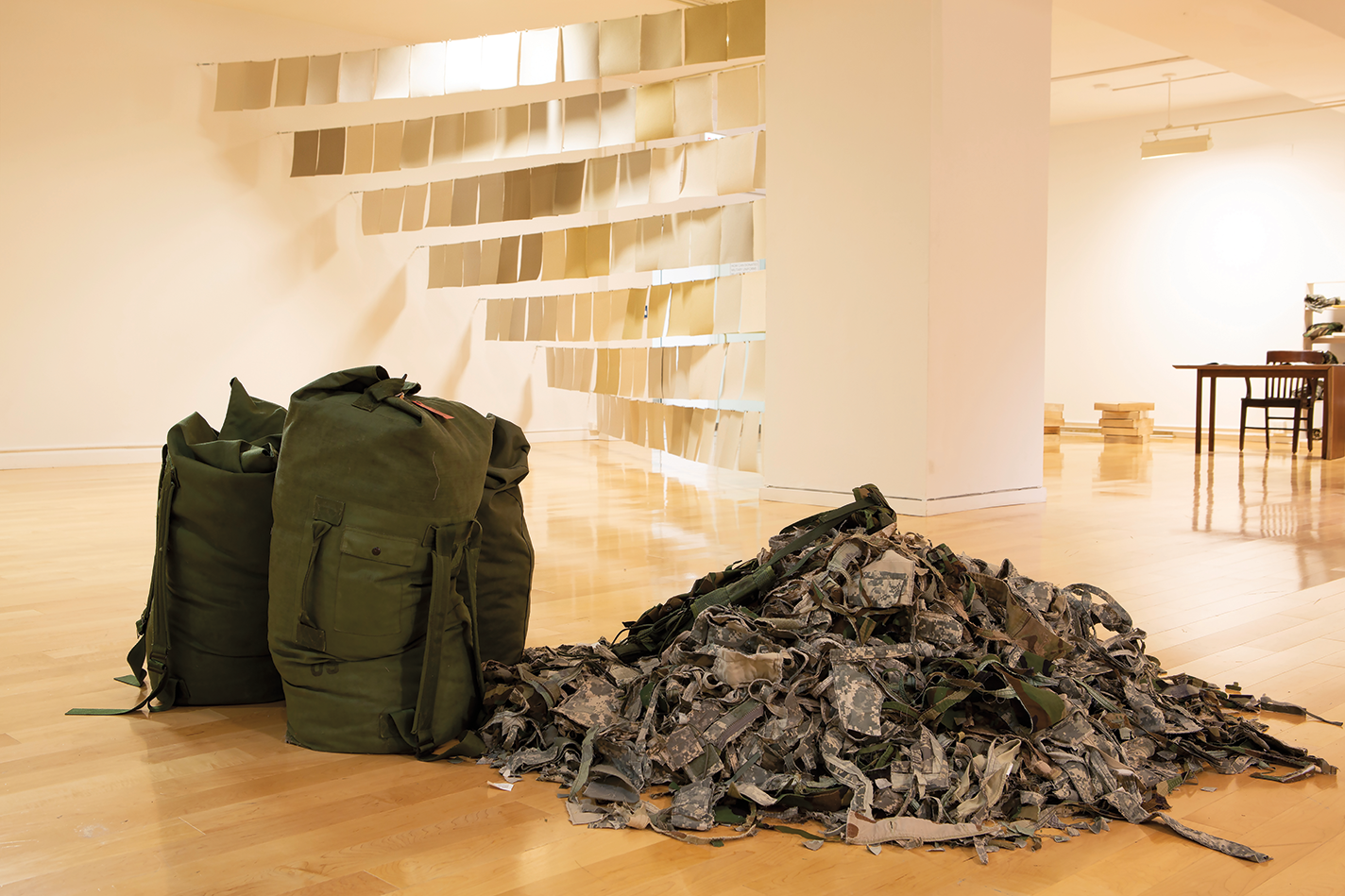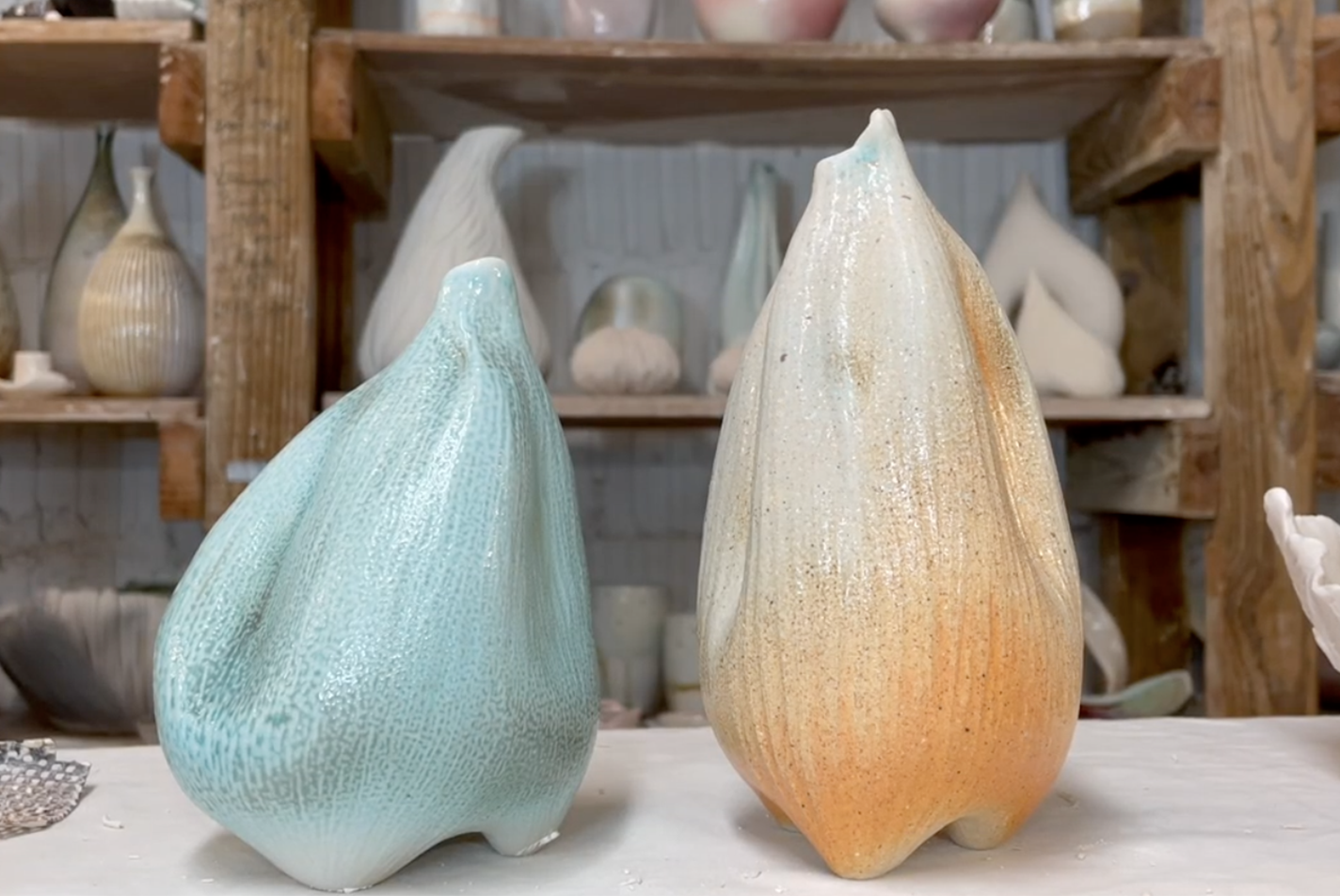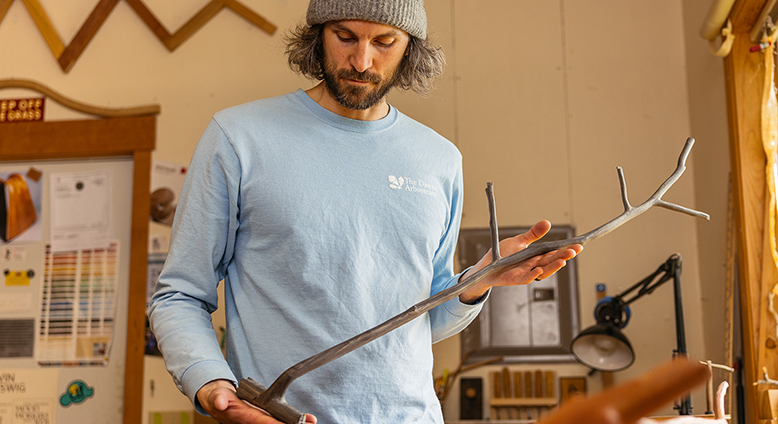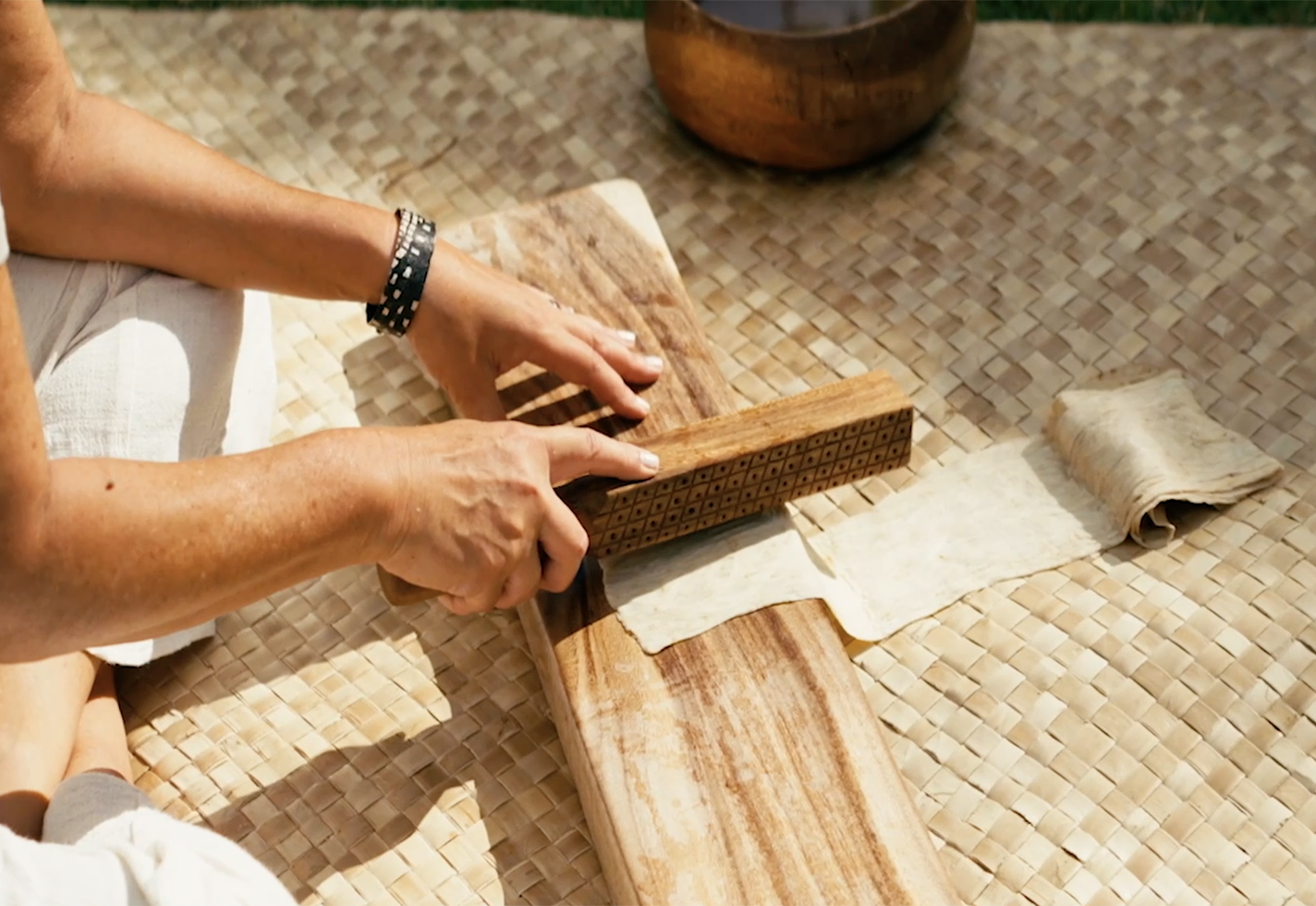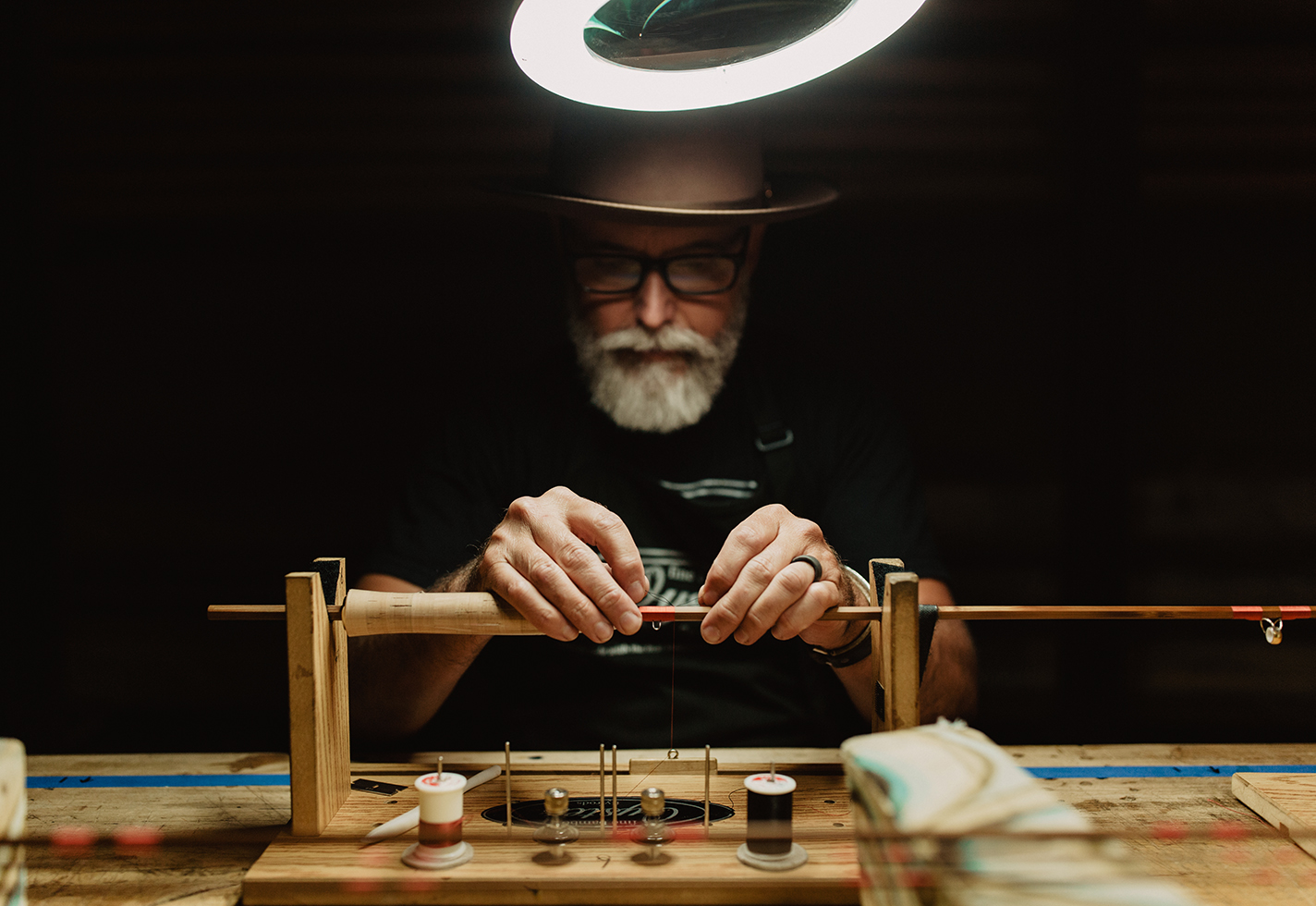Liberate Our Uniforms into Paper
Upon returning home from active duty in the Iraq War, Drew Cameron divided his days among school, papermaking, and involvement with the veterans’ peace movement. “I had this huge need to fill a void,” says the paper artist, who lives in Iowa City, Iowa. “I didn’t know exactly what it was, but when I found paper, it just clicked.” Cameron realized the plant fibers in his own combat uniform and their encoded stories could be made into paper on which new stories could be written.
Soon he began traveling the country offering Combat Paper workshops. “In shorthand, Combat Paper is making uniforms into paper,” he explains. “People immediately want to know why, and I think the most expedient way to understand it is that a creative practice, an art practice, can help people come home.” Cameron has conducted Combat Paper workshops all over the country with veterans and civilians of all ages, and he has seen even a single workshop deeply impact participants. “The most moving thing is how, in just going through a workshop, I’ve witnessed people’s lives take a different direction,” Cameron reflects.
Together, participants “liberate the rag” of each uniform by stripping it of buttons, Velcro, clasps, and seams, then tear the fiber into strips and small squares. “For a lot of people that’s enough. It’s a big step,” he says. Other folks continue on to clean and pulp the fabric into fibers that swell in size in the circulating water of a Hollander beater. A Vietnam-era uniform breaks down into enough pulp to create nearly 40 sheets of paper. More modern uniforms aren’t completely made of natural fiber like the earlier ones, so additional cotton rag must be added for the paper to have structural integrity.
Next, the fibers are sieved from the water using a screened frame called a mould on which an empty frame called a deckle rests. The deckle creates the paper’s clean edges. Finally, any remaining moisture is pressed from the cellulose fibers that have chemically bonded to one another. “Then,” Cameron adds, “once it’s dry, it’s paper—this amazing substrate we’ve been using almost 2,500 years. A tested technology.”
While the uniforms Cameron works with have stories written within their warp and weft, the paper created in workshops offers an invitation to create something new. Cameron appreciates the sense of freedom that transformation generates. “Let’s make our own paper,” he proclaims. “Let’s write our own books. Let’s host readings. Let’s make prints. There was just this potential again that started to reveal itself.”
combatpaper.org | @combatpaper
Kimberly Coburn is an Atlanta-based writer and self-professed amateur and dilettante. Her work explores the intersection of craft, the human spirit, and the natural world.
